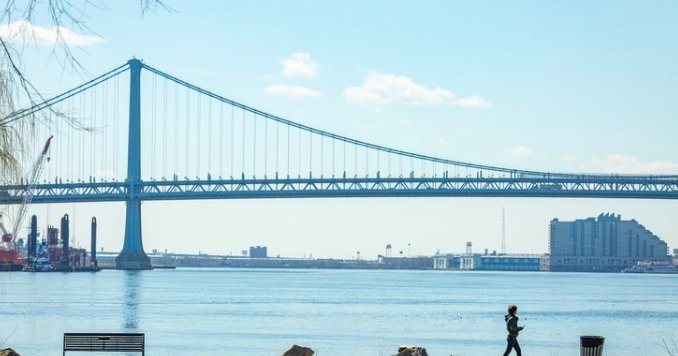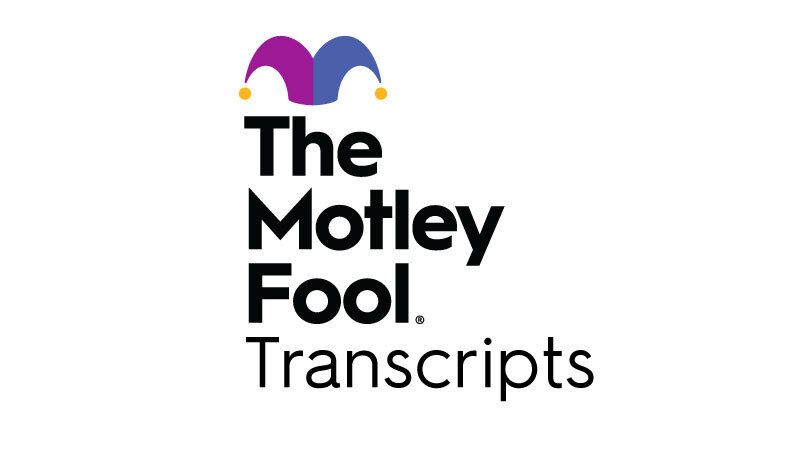Copyright phillyvoice

Philadelphia's wastewater system releases 12.7 billion gallons of raw sewage and stormwater runoff each year into the Delaware River and other waterways, making them frequently unsafe to swim, boat and fish, a new report says. Penn Environment, an organization that advocates for clean water and water, found that, on average, sewage flowed into five Philadelphia waterways — Cobbs Creek, Delaware River, Frankford Creek, Schuylkill River and Tacony Creek — at least 65 times per year between 2016 to 2024. Because waterways are unsafe for recreational activities for up to 72 hours after a sewage overflow, this means Philly waterways are unusable for recreation up to 195 days per year. In South Jersey, untreated sewage and stormwater flowed into the Delaware River and its tributaries an average of 76 times per year, the report says. The report analyzed overflows from combined sewer systems in Philadelphia and South Jersey. About 60% of Philadelphia is served by a combined sewer system, in which stormwater and sewage move through the same underground pipes en route to the city's water treatment plants. But when the system is overwhelmed by large amounts of rainfall, it overflows, sending raw sewage and stormwater into waterways. Impacted rivers and creeks can be unsafe for recreational activities for up to 72 hours after an overflow. The sewer overflows do not pose a threat to drinking water, because drinking water is tested before consumption. But they bring pathogens, nutrients and toxic substances into the water, creating health risks for swimmers, boaters and fishers. Polluted waters can cause infections in the lungs and intestines, diarrhea, cramps, vomiting, fever and other health issues. Penn Environment researchers estimate that 1% to 8% of three types of gastrointestinal illnesses in Philly may stem from water recreation activities impacted by pollution. Contact with polluted waterways less than 24 hours after an overflow also increased the risk of acute gastrointestinal illness by 39% to 75%, the report found. Raw sewage and stormwater adversely impact fish and wildlife by causing harmful algae outbreaks, reducing oxygen in the waterways and possibly exposing them to toxic substances. Low oxygen is particularly harmful for the Atlantic Sturgeon, an endangered fish that lives in the Delaware River and is sensitive to oxygen changes that lives. However, a new Environmental Protection Agency rule from September raised the required oxygen levels in a portion of the Delaware River. The Penn Environment report follows a similar report, released in 2023, that found the sewer system discharged an average of 15 billion gallons of raw sewage and polluted stormwater from 2010 to 2022. Its recommendations also are similar. The new report says sewage overflows cannot be addressed simply through long-term control plans. The researchers called on Philly and South Jersey leaders to set a deadline for ending all sewer overflows and to accelerate the infrastructure upgrades needed to make that happen. They also urged the city to lift its ban on swimming in waterways, saying it has "estranged" residents from connecting with their environment. The Philadelphia Water Department, however, said an overhaul would mean increasing its rates for consumers. "Reducing combined sewer overflows must be balanced with Philadelphia’s need to address a broad range of other responsibilities and regulations," a statement from the utility said. "To limit steep increases in water rates, we prioritize projects and work toward our goals at a pace that reflects the reality of ever-increasing responsibilities for water utilities." On average, sewer overflows in Philadelphia happened at a slightly higher rate than they did from 2010 to 2018, and that half of the pollution volume came from just 10 overflow spots, the new report says. Another 154 overflow spots combined to contribute the rest. The 12.7 billion gallons of annual raw sewage and stormwater runoff from Philadelphia is slightly less than the Philadelphia Water Department's baseline estimate of 13.1 billion gallons. That estimate, though, is significantly lower than the overflows reported from 2010 to 2018, the report says. During that span, overflows averaged 15.7 billion gallons per year. The sewage largely comes from Philadelphia residents and businesses, but suburban communities can send up to 128 million gallons of wastewater every day to the city's sewage system. Another 119 "significant industrial users" also send wastewater, the report says. In South Jersey, the Camden County Municipal Utilities Authority uses a combined sewer system to serve Camden and Gloucester City. Those two cities don't report the volumes of their sewer overflows, but they measure the amount of solids and floatables — solid waste and debris that either floats or is suspended in the water. Together, the cities collected 328 cubic yards of solids and floatables annually from 2016 to 2024, the report says. Sewer overflows may worsen over time, with intense rainfall likely to increase in Philadelphia and South Jersey, the Penn Environment researchers said. One study predicted that storms that drop 5 inches of rain per hour could occur every 16 years here instead of once every 100 years, the report notes. The Delaware River also is likely to rise due to increasing sea levels, which could cause more sewer backups in streets and basements. Camden County did not immediately respond to a request for comment.



